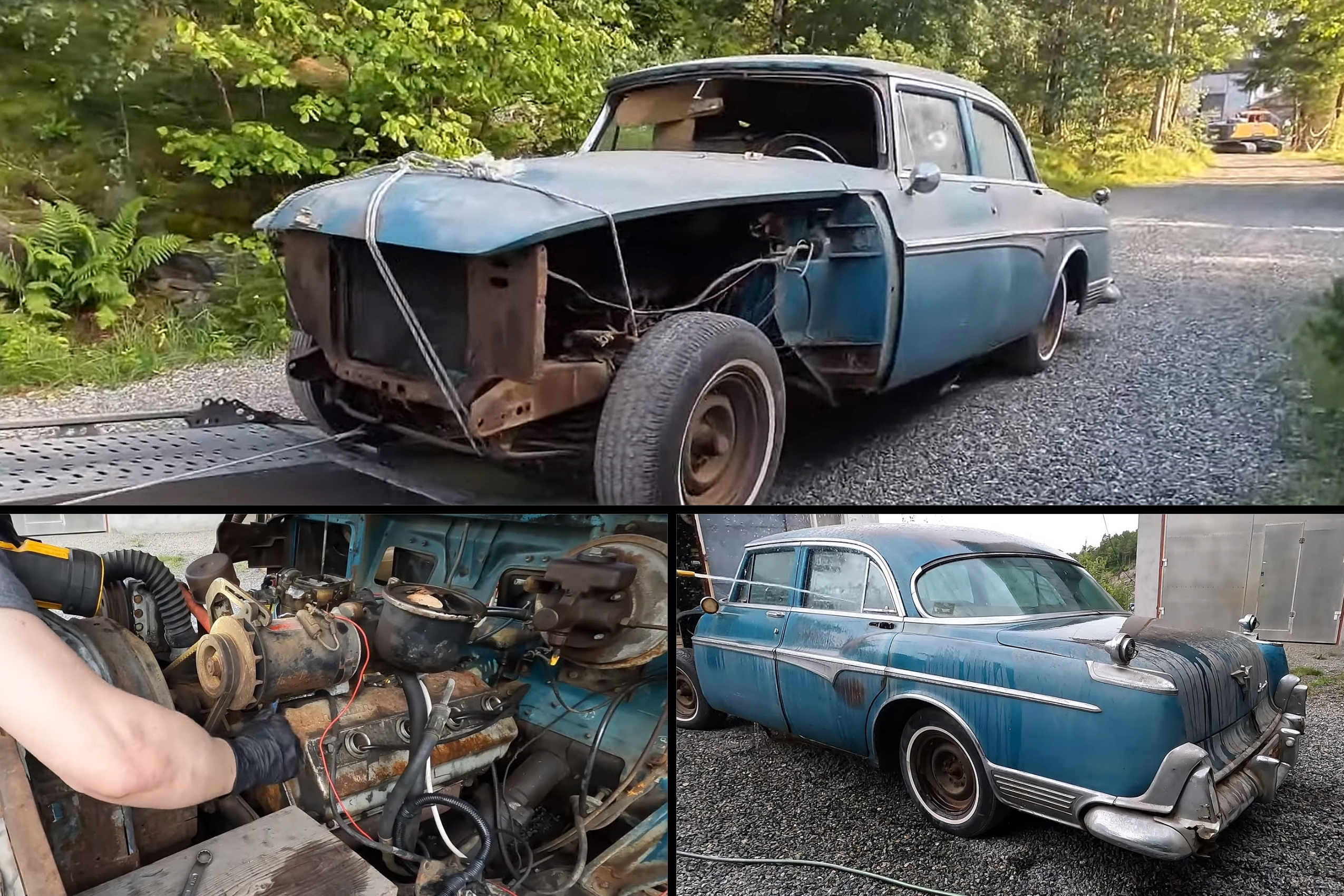When it comes to 1950s Mopars, the Chrysler 300 “letter series” is arguably the coolest rig from the era. Sporting Virgil Exner’s incredibly sexy design language and combining luxury features with 300+ horsepower engines, the 300 “letter series” established a new premium high-performance segment.

These cars are rare and pretty expensive nowadays, especially the early C-300 and 300B versions. But you don’t have to spend a fortune to enjoy Exner’s beautiful mid-1950s designs and Chrysler’s potent V8 powerplants. If you can live without the exclusivity that comes with the 300 “letter series,” there are quite a few options out there.

The Dodge Coronet and Plymouth Belvedere are the most obvious choices. Granted, they’re nowhere near as flamboyant and powerful as the Chrysler 300, but both have similar versions of Chrysler’s “Forward Look” styling language. If Dodges and Plymouths are too mundane, you can always go with the forgotten yet striking DeSoto Fireflite.
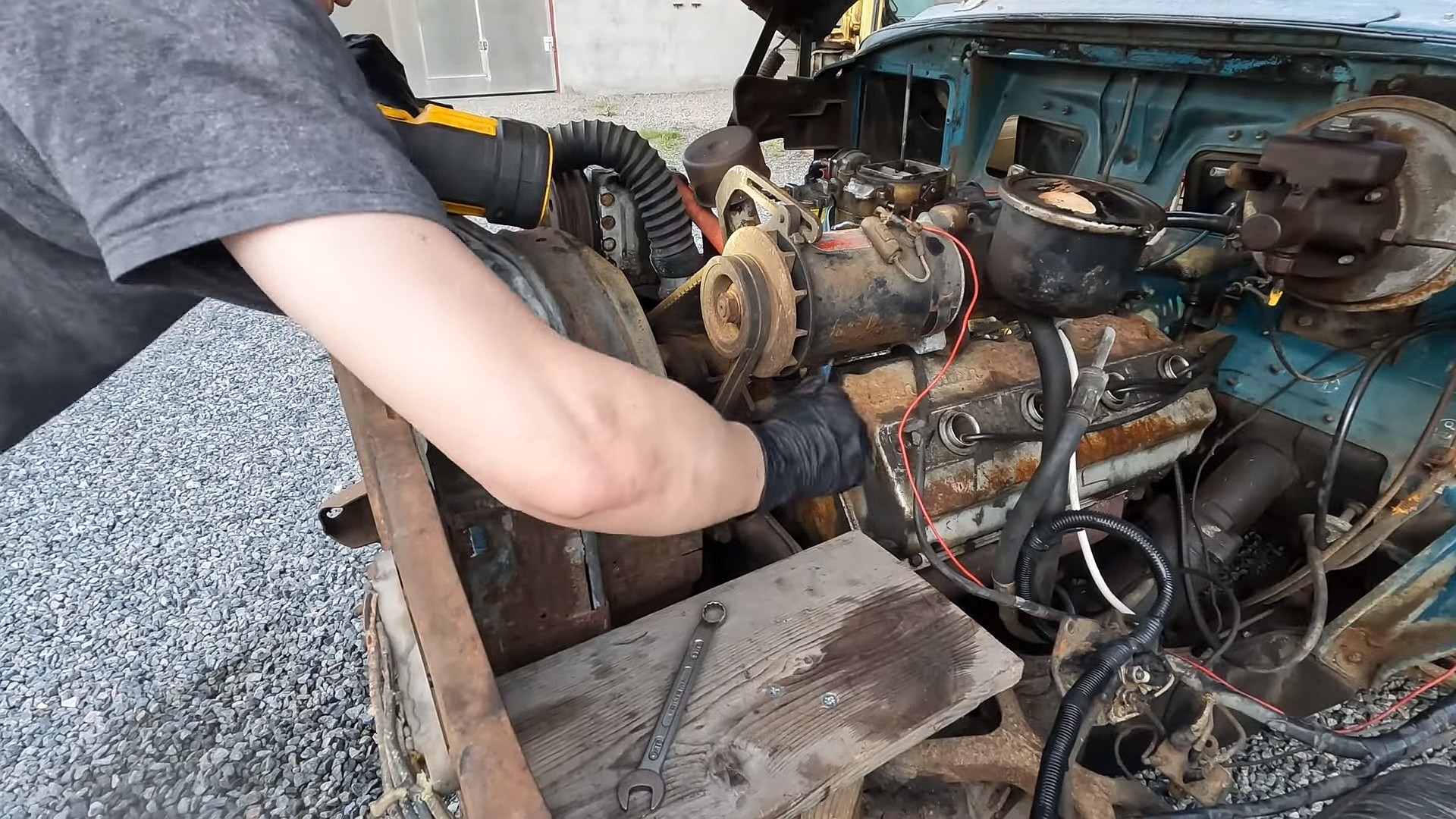
On the other hand, if you’re hooked on the 300’s front fascia, you can get something identical with the Chrysler New Yorker. The company’s flagship model at the time, it shared styling cues with the 300 “letter series,” but it got a less potent V8 and was available in various body styles.

Finally, there’s the Imperial line. Initially introduced as a model in 1926, Imperial became a separate brand in 1955. And much like the New Yorker, it shared most design cues with the 300 “letter series.” What set it apart? Well, while the C-300 of 1955 was decidedly luxurious, the Imperial cars came with even more premium features.

It also offered more diversity in terms of body styles. But unlike the New Yorker, the Imperial was not available as a station wagon or a two-door convertible. In addition to the regular two-door hardtop and four-door sedan versions, the division also offered longer limousine-style models.
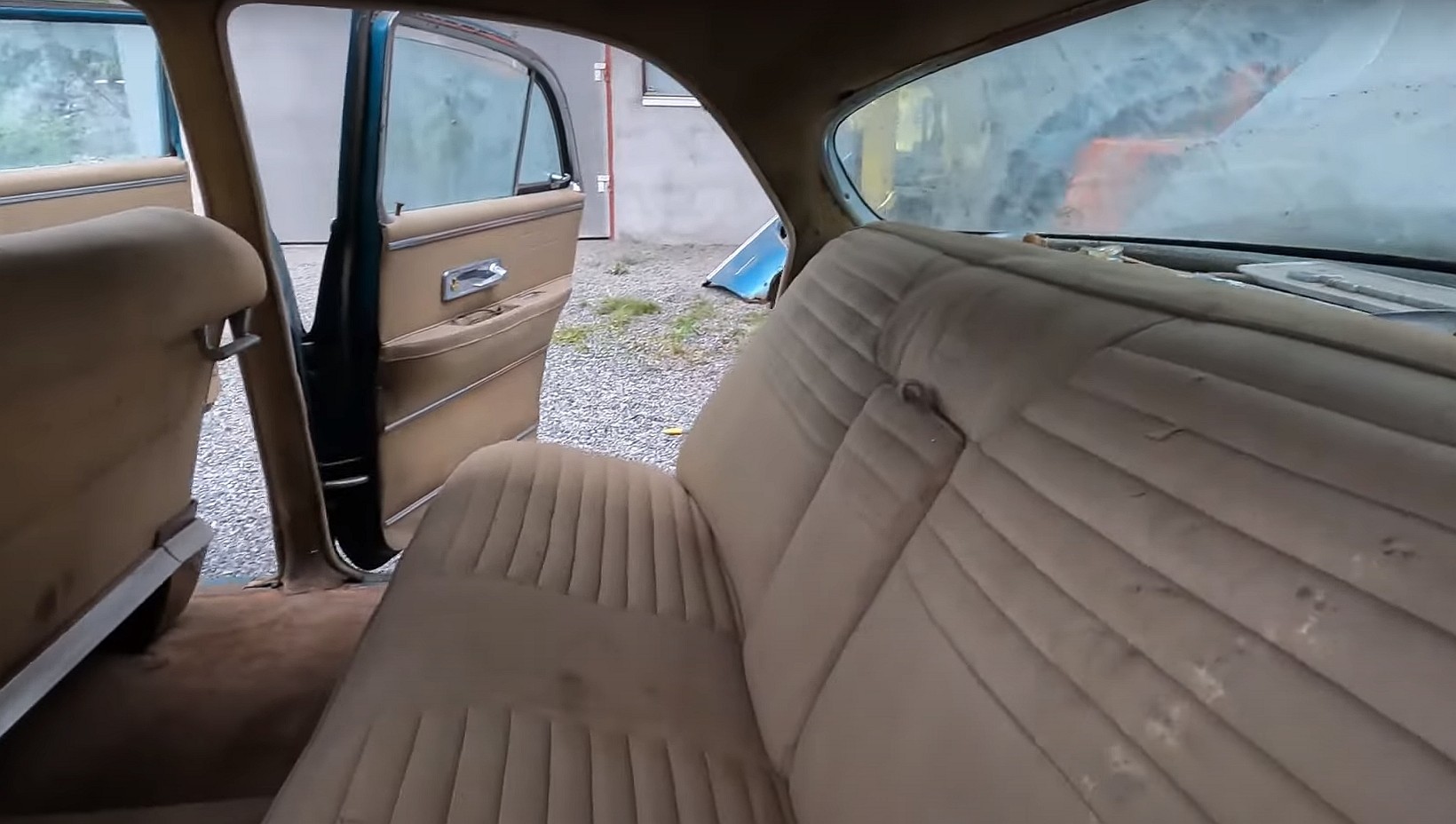
The four-door sedan variant was slightly longer than its New Yorker counterpart, with an additional four inches in the wheelbase providing more rear-seat legroom. A larger, more comfortable, and more luxurious alternative to the C-300, if you will. But without the 300-horsepower rating of the latter’s beefed-up 331-cubic-inch (5.4-liter) V8.
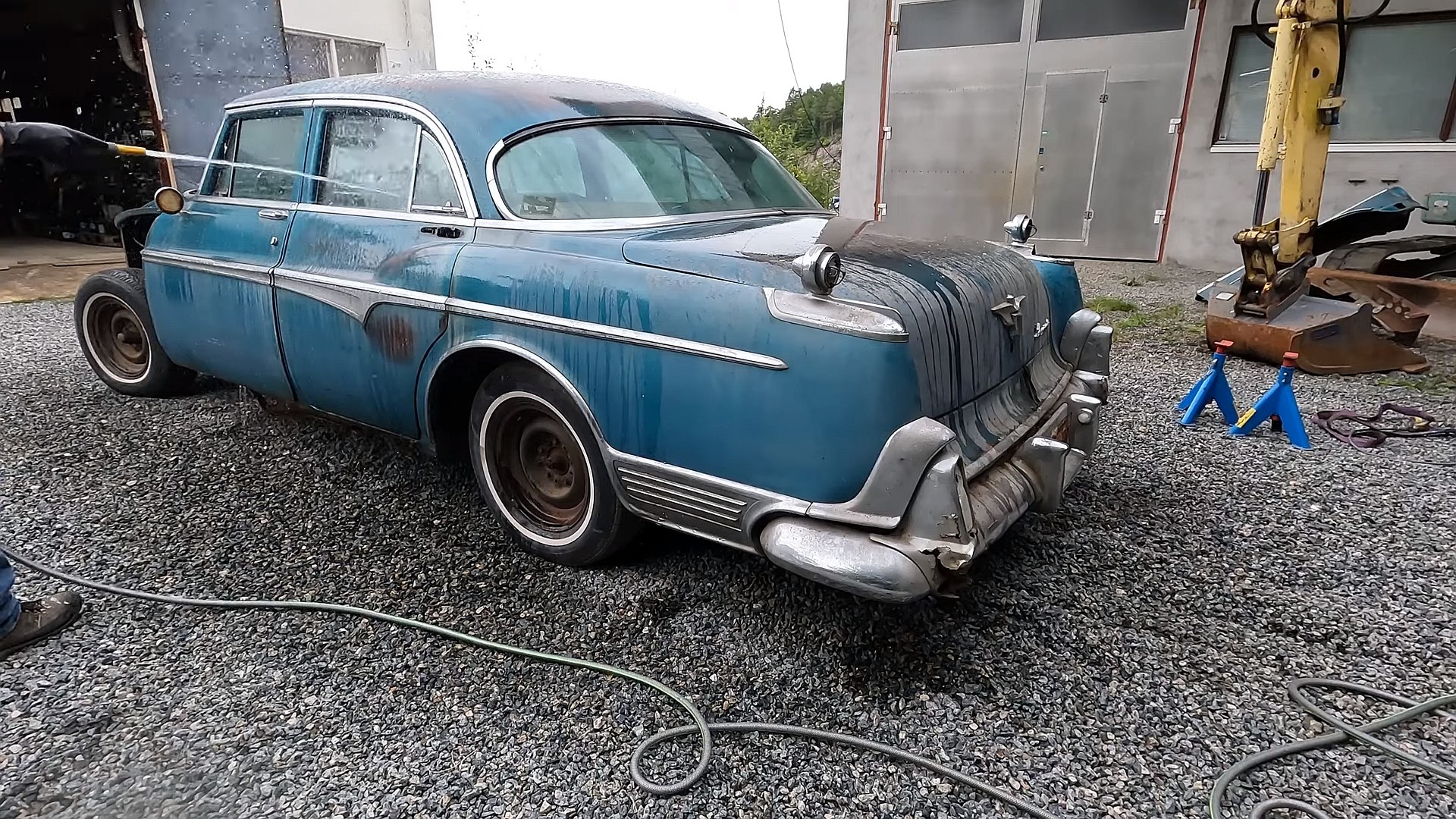
Why am I talking about a car that few people remember made by a brand Chrysler discontinued a very long time ago? Well, I think Chrysler had the best-looking automobiles in the 1950s. I’m also a big fan of DeSotos and Imperials, and it makes me sad knowing most of them are currently rotting away in junkyards.
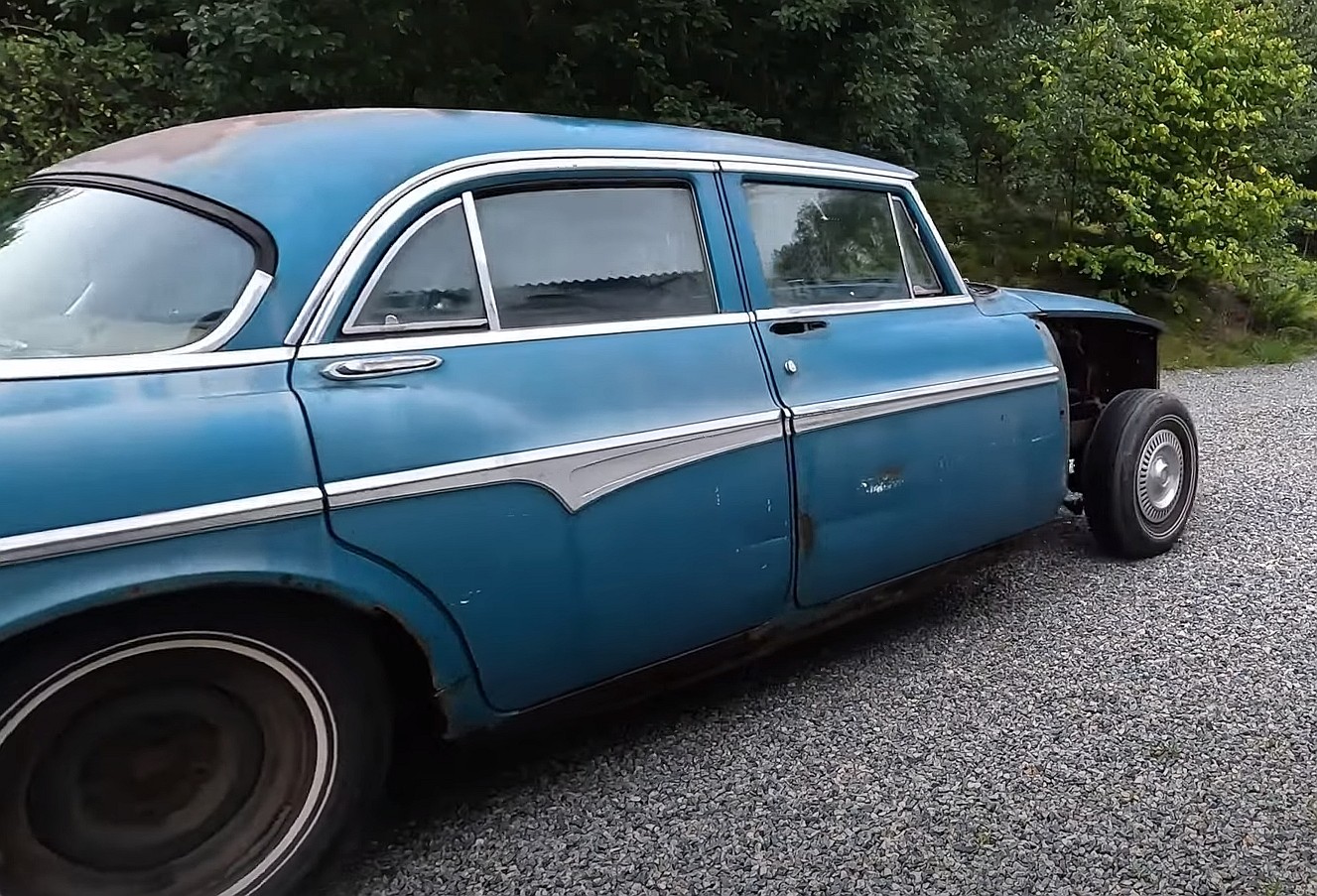
As a result, I get excited when someone rescues such a classic, just like YouTube’s “Days of Cars” did with the 1955 Imperial four-door sedan. Abandoned for decades and missing its front clip (except for the hood), this once-glorious rig got a second chance at life. And not only did it get a much-deserved cleaning, but the new owner also managed to fix and fire up the old HEMI V8.
No, this Imperial doesn’t rock an iconic 426-cubic-inch (7.0-liter) lump, but its 331-cubic-inch (5.4-liter) V8 is also part of Chrysler’s extensive family of engines with hemispherical combustion chambers.
Known as the FirePower, the first-generation HEMI debuted in 1951 and found its way into the Chrysler New Yorker and Saratoga. The Imperial division also got the mill in 1955, while Dodge began using it in its C-Series pickup trucks in 1954. The FirePower was enlarged in 1954 and 1957 and remained in production through 1959.
Most 331-cubic-inch versions used a two-barrel carburetor and generated 180 horsepower, but this Imperial sports a revised version good for 250 horses and 340 pound-feet (461 Nm) of torque. It was topped only by the special variant fitted in the C-300, which was good for 300 horsepower, a massive figure at the time.
Granted, this Imperial is nowhere near as spectacular as the C-300, but it’s a beautiful classic that looks surprisingly good after so many years off the road. Sure, it’s missing its front fascia, arguably the prettiest design feature on any 1955 Chrysler. However, these front clips are still relatively easy to find. Here’s to hoping this sedan becomes road-worthy and gets the love it deserves.
